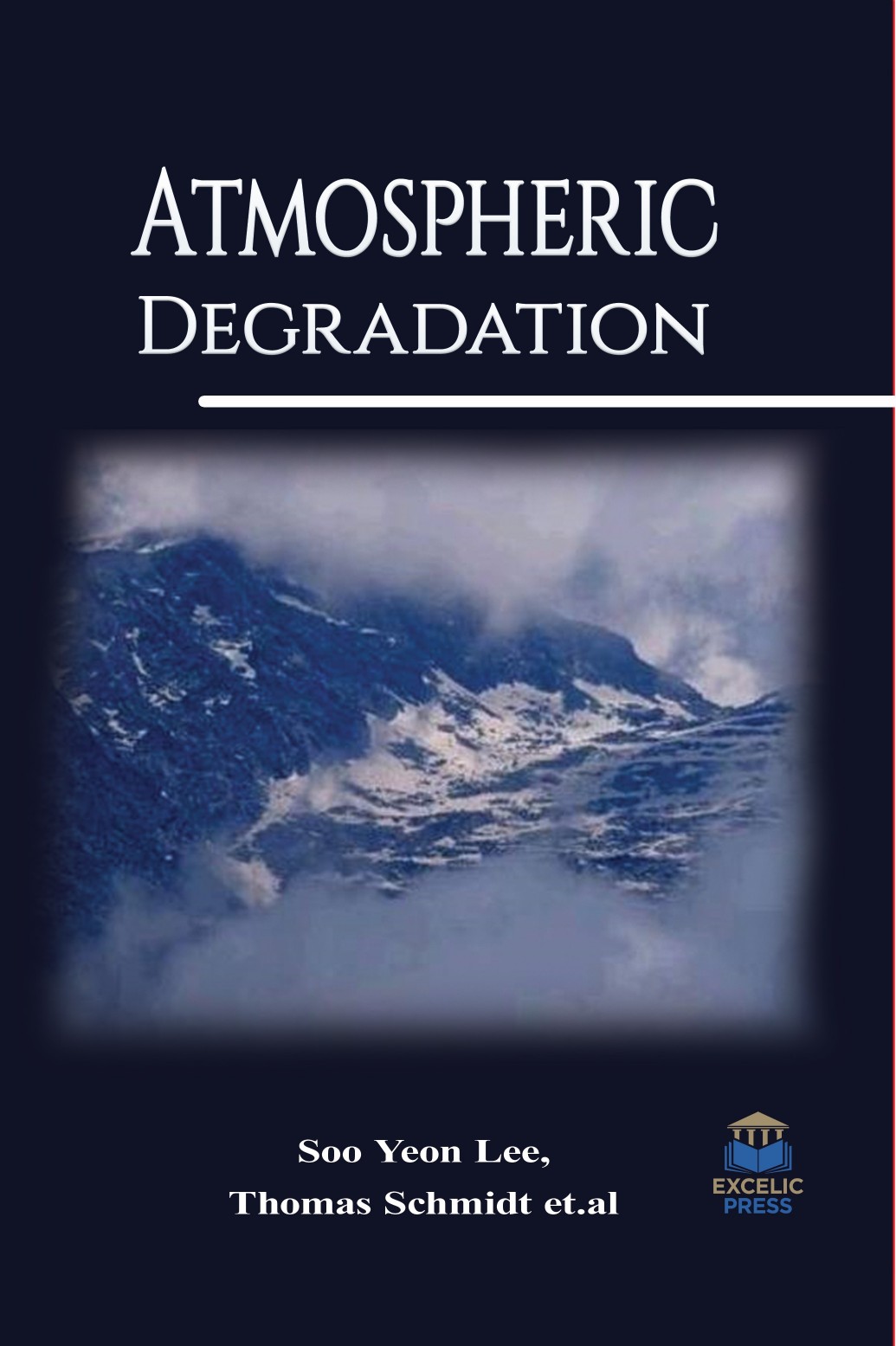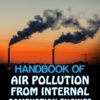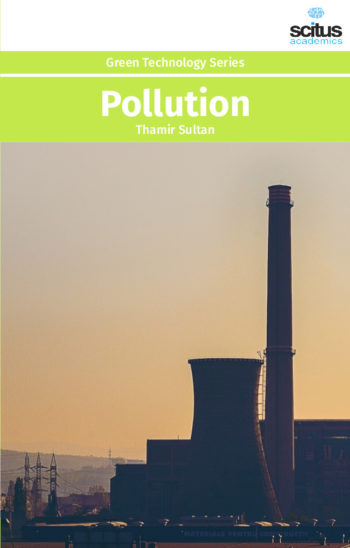Earth’s atmosphere holds a mass of organic compounds, which differ by orders of magnitude regarding fundamental properties such as volatility, reactivity, and propensity to form cloud droplets, affecting their impact on global climate and human health. Volatile organic compounds (VOCs) play a vital role in the chemistry of the atmosphere by impelling ozone and hydroxyl radical (OH) concentrations and the renovation rates of nitrogen oxides (NOx). Elevated levels of VOCs and NOx have led to an approximate doubling of ozone in the lower troposphere over the past couple of centuries, making tropospheric ozone the third most important anthropogenic greenhouse gas after carbon dioxide (CO2) and methane. Monitoring of volatile organic compounds (VOCs) is a key piece in understanding photochemical air quality in urban atmosphere. Anthropogenic sources such as incomplete combustion of organic substances, the use of petrochemical solvents, and vaporizations of petroleum products are sources of VOCs. Every day, large quantities of volatile organic compounds (VOCs) are emitted into the atmosphere from both anthropogenic and natural sources. Therefore, their sources, sinks and dwelling times are the subject of current research.
Atmospheric Degradation of Organic Substances describes the current state of knowledge of the chemistry of VOCs as well as the methods and techniques to analyze gaseous and particulate organic compounds in the atmosphere. The book also includes evaluation of the relative ozone-forming potentials of the captured VOC species in the atmosphere of urban settlement. The analytical toolbox available for chemists to study atmospheric organic compounds has expanded considerably during the past decade, opening new windows into speciation, time resolution and detection of reactive and semi-volatile compounds at low concentrations. This has provided unprecedented opportunities, but also revealed new scientific challenges.
This book is of interest to students, practitioners, as well as guiding tool for researchers in the field of atmospheric research.













